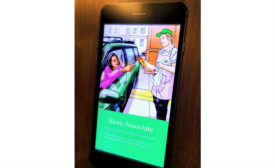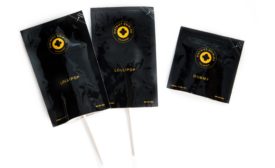Candy Industry Blog

The Hershey Co. is changing the way candy is being sold, both in the store and online.
Read More
Gas station customers aren’t paying for candy with their phones — yet
New survey reveals that only 7 percent prefer to pay with a mobile app, but of those who do, 83 percent are satisfied with their experience.
April 16, 2019
Where does the FDA stand on CBD?
Agency to begin soliciting comment on safety of cannabis compounds.
April 10, 2019
Disruption 101: How to make brands stand out
Euromonitor white paper outlines strategies for rethinking markets and offering revolutionary products, services.
April 3, 2019
We need to reduce packaging — now
Whale found with more than 88 pounds of plastic in its stomach highlights urgency.
March 27, 2019
GRL PWR: How the all-female trio of Smarties co-presidents inspires Editor Crystal Lindell
Liz Dee, Jessica Dee Sawyer, and Sarah Dee are real-life examples of the ways women are shaping the confectionery industry and the world.
March 20, 2019
How will Generation Z impact the food industry?
FONA International report highlights Gen Z consumers’ characteristics, market influence.
March 13, 2019
Showing food tourists our sweet side
World Food Travel Association report suggests businesses can do more to entertain, educate visitors.
March 5, 2019
EU commissioner right to say ‘fake news’ hurts food industry
Vytenis Andriukaitis says fake news can damage citizen’s trust in food system and science.
February 27, 2019
We need to talk about protecting kids from eating cannabis candy
The confectionery industry will have to create child-proof packaging guidelines, and public service campaigns to help keep kids safe.
February 20, 2019
Get our new eMagazine delivered to your inbox every month.
Stay in the know on the latest snack and bakery industry trends.
SUBSCRIBE TODAY!Copyright ©2024. All Rights Reserved BNP Media.
Design, CMS, Hosting & Web Development :: ePublishing











